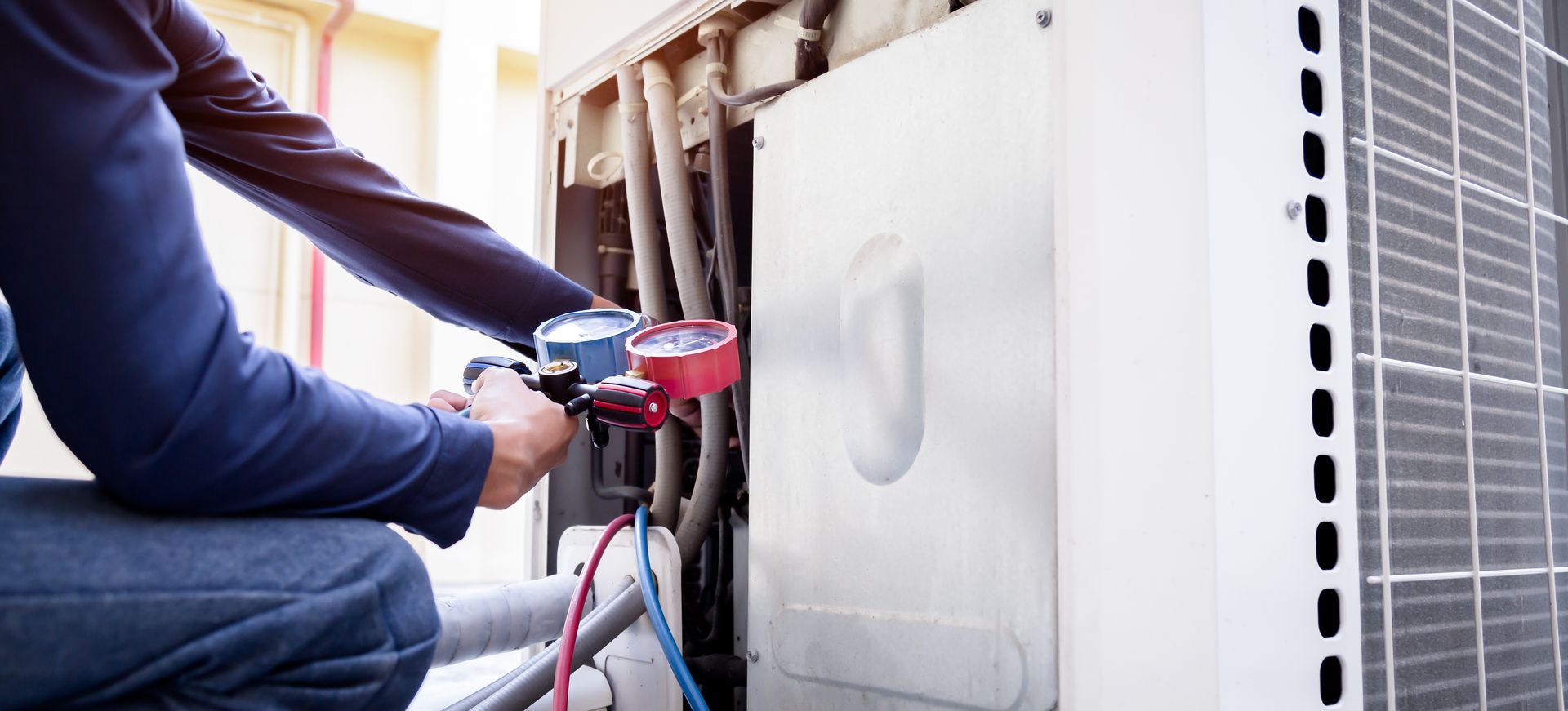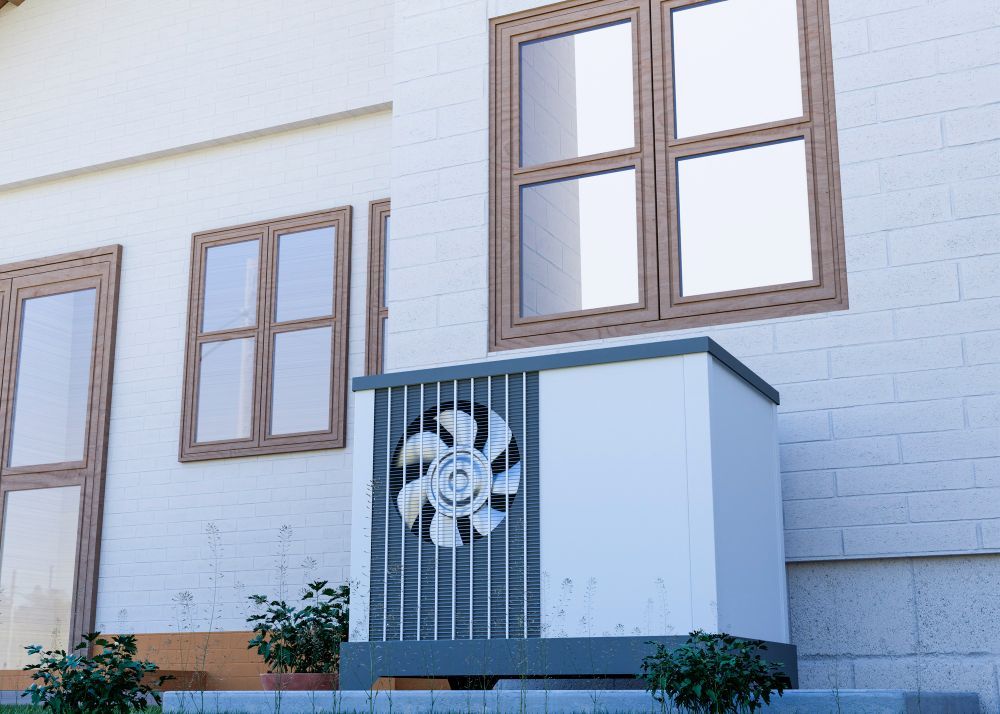Ductless Mini-Splits vs. Traditional Ducted AC: Pros & Cons for Salt Lake County
If you live in Salt Lake County, you know that summers can be hot and dry, while winters bring their own share of chilly weather. Your home’s cooling system is one of the most important choices you’ll make for comfort and efficiency. But should you stick with a
traditional ducted AC system, or explore the growing popularity of ductless mini-splits?
This guide will walk you through the pros and cons of each option, explain how they perform in Utah’s climate, and help you make the right decision for your home.
Understanding the Two Systems
Before weighing the pros and cons, let’s define what each system is and how it works.
- Traditional Ducted AC: A central cooling system that uses ductwork to distribute conditioned air throughout the home. It typically pairs with a furnace or air handler.
- Ductless Mini-Splits: A system that connects one outdoor unit to one or more indoor air handlers, without the need for ducts. Each unit can heat or cool individual rooms or zones.
Both are designed to keep your home comfortable, but they operate very differently, and that matters for homeowners in Salt Lake County.
Pros and Cons of Ductless Mini-Splits
Ductless mini-splits are gaining popularity, especially in homes without existing ductwork. Here are the key advantages and disadvantages.
Advantages
- Zoned Comfort: Each room or zone can be controlled separately, making it easier to keep everyone comfortable.
- Energy Efficiency: With no duct losses and variable-speed operation, mini-splits often use less energy.
- Flexible Installation: Great for additions, older homes, or areas without ductwork.
- Heating and Cooling in One: Many units provide both, which is useful in Salt Lake’s climate.
Disadvantages
- Higher Upfront Cost: Each indoor unit adds to installation cost.
- Appearance: Wall-mounted units are visible inside the home.
- Maintenance: Filters need to be cleaned more frequently than central systems.
- Performance in Extreme Cold: Some models may require backup heat in the coldest Utah nights.
Pros and Cons of Traditional Ducted AC
Ducted systems remain the most common in Utah, especially in newer homes. Here are the pros and cons.
Advantages
- Whole-Home Coverage: Delivers even comfort throughout the house.
- Familiar Setup: Works with existing ductwork and is well understood by most contractors.
- Aesthetics: No visible indoor units—air comes through discreet vents.
- Scalability: Easier to add advanced filtration or humidifiers.
Disadvantages
- Energy Loss: Leaky or uninsulated ducts can waste energy.
- Upfront Ductwork Cost: Expensive if ducts don’t already exist.
- Less Flexible Zoning: Harder to control temperatures in specific rooms without extra modifications.
- Airflow Balancing Issues: Large homes may experience uneven cooling if ducts aren’t designed properly.
Decision Guide: Which Is Right for Your Home in Salt Lake County?
When deciding between ductless mini-splits and ducted AC, here are some factors to consider:
Step 1: Does Your Home Already Have Ductwork?
- If yes: A traditional system may be the most cost-effective choice.
- If no: Installing ducts can be expensive, so mini-splits might be the smarter investment.
Step 2: Do You Want Zoned Comfort?
- Mini-splits excel at controlling temperatures in individual rooms.
- Ducted systems usually maintain a uniform temperature throughout the house.
Step 3: What Is Your Budget?
- Ducted systems often have lower upfront costs if ducts exist.
- Mini-splits may save money long-term with better efficiency and less duct loss.
Step 4: How Important Is Aesthetics?
- Ducted systems hide equipment behind walls and vents.
- Mini-splits are more visible, though sleek designs are available.
Step 5: Do You Plan to Add On or Renovate?
- Mini-splits are excellent for new additions or basements.
- Ducted systems may require extending ductwork, which adds cost.
Frequently Asked Questions
- Are mini-splits more efficient than central AC?
Yes, mini-splits often run more efficiently because they avoid duct losses and use variable-speed technology. - Do mini-splits work in Utah winters?
Cold-climate models can provide reliable heating, though backup heat may be needed in extreme cold. - Is ducted AC cheaper to install?
If ducts are already in place, yes. If you need new ducts, mini-splits may actually be more affordable. - Which system lasts longer?
Both can last 15–20 years with proper maintenance. Mini-splits may require more frequent filter cleaning. - Can I combine systems?
Yes, many homeowners use central AC for the main areas and mini-splits for additions or problem rooms.
Conclusion
Both ductless mini-splits and traditional ducted AC systems can work well in Salt Lake County homes. The right choice depends on your home’s layout, whether ductwork already exists, your budget, and your preference for comfort and aesthetics.
If you’re in South Jordan or nearby and need help deciding, our team can guide you through your options and recommend the best solution for year-round comfort.
Contact us today to schedule a consultation.







